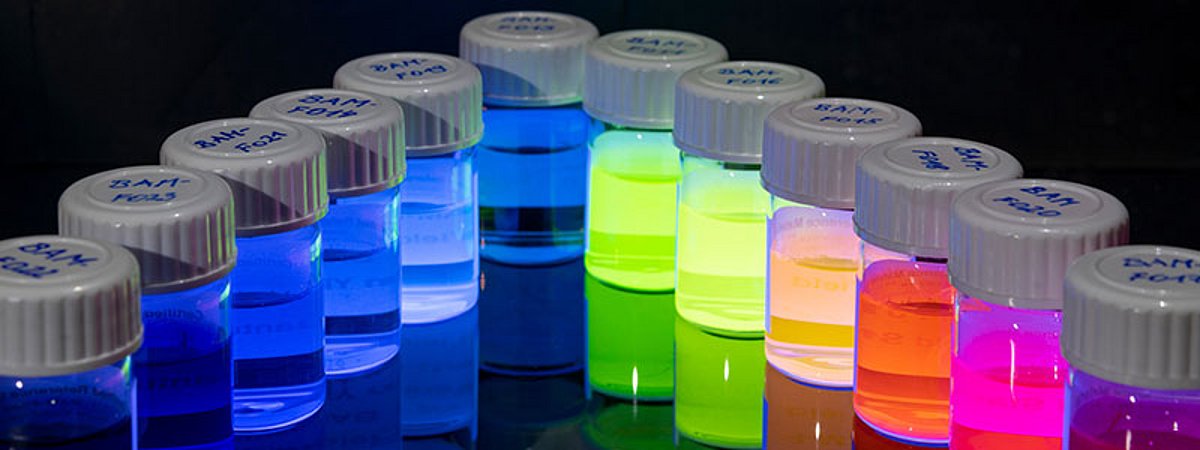BAM develops new standards for the surface analysis of nanoparticles

In a new EU project, the Federal Institute for Materials Research and Testing (BAM) is developing standardized measurement methods for examining the surfaces of nanoparticles. The aim is to further improve the functionality and safety of nanoparticles.
Due to their tiny size of one to 100 nanometers, nanoparticles have unique properties, such as increased chemical reactivity or special optical and electronic characteristics. These properties make them indispensable in numerous technologies and products - from paints and cosmetics to solar cells, batteries and medical diagnostics. Although there are already standardized methods for determining particle size, there are still no established methods for measuring the surface chemistry of nanoparticles. The surface plays a decisive role in how nanoparticles interact with their environment. It influences their solubility, stability and tendency to form larger particle assemblies. These factors are crucial for the functionality, safety and controllability of nanoparticles in various applications.
Standardized measurement methods for surface analysis of nanoparticles
"In the SMURFnano project, methods and test and reference materials are being developed and validated in order to reliably measure the function and coating of nanoparticles," explains Ute Resch-Genger, coordinator of the project at BAM. "These methods are of crucial importance both for research into new nanoparticles and for quality control in industrial production. By developing international standards, such as those of ISO and CEN, as well as developing and validating simple and cost-effective analytical methods, the project is helping to increase confidence in products containing nanoparticles and ensure their safe use worldwide." BAM is significantly involved in the development of new measurement methods, the implementation of international interlaboratory tests to validate the methods and their standardization and the provision of test and reference materials. Leading research institutions and companies from Europe are working together on the project, including RI.SE (Sweden), INRiM (Italy), the National Physical Laboratory (UK), the Jozef Stefan Institute (Slovenia), the Physikalisch-Technische Bundesanstalt (Germany), Evonik (Germany), the University of Vienna (Austria) and other international partners.
Knowledge transfer and workshops at BAM
BAM offers webinars and workshops to share the knowledge acquired in the project. Via the Nano@BAM Competence Center and the BAM Academy, interested parties can also gain insights into various measurement methods, for example optical assays, X-ray photoelectron spectroscopy (XPS), OECD Test Guideline 124 and 125. The offers are available online at any time and can be accessed free of charge after registration. Test materials for method establishment and validation can be provided by the SMURFnano consortium on request.
